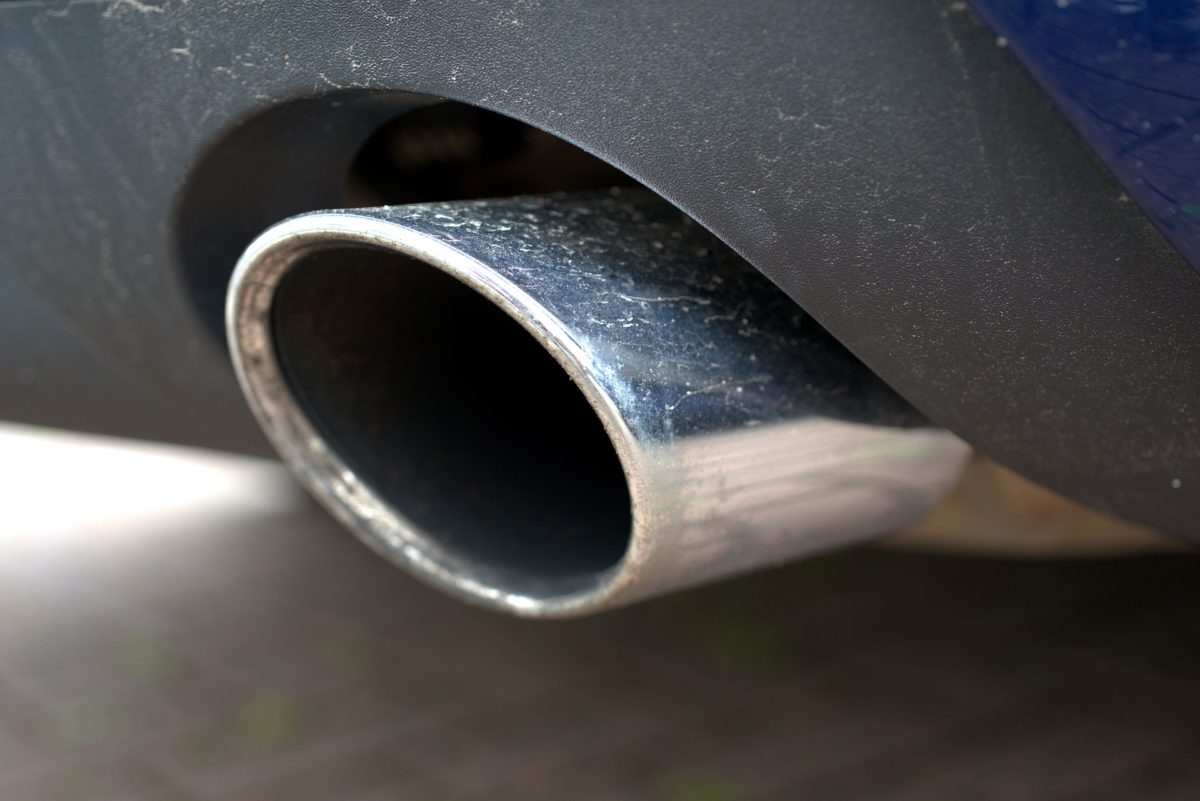The European Bank for Reconstruction and Development (EBRD) has announced a new methodology to assess projects that apply for backing which will factor in environmental and societal costs.
The lender said it will follow the guidance on carbon pricing put forward by the High-Level Commission on Carbon Prices. That commission was put in place to steer COP climate negotiations in 2016 and came up with a value of €37-74 per metric tonne of carbon dioxide equivalent – CO2e – for 2020, gradually rising to €46-92 by 2030. After that, the carbon price should increase 2.25% annually to €72-144 by 2050.
The EBRD will also look at other air pollutants and attempt to quantify their true costs. Emissions of local air pollutants will be estimated based on a 2011 European Environment Agency study of the cost impacts of such emissions in EU member states and Norway. That attributed costs in 2017 prices for sulphur dioxide (SO²) of €8,313/tonne; for nitrogen oxides (NOx) of €8,010; for fine particulates (PM2.5) €28,732/tonne; and for large particulates (PM10) €18,008. The EBRD said it may adjust the values as appropriate to a given situation in an economy where it invests, to reflect differences in wealth, population density and other project specifics.
The new methodology means the bank is likely to favor renewable energy projects over fossil fuel schemes.
The EBRD is not alone
“If we were looking at that gas plant with just a financial analysis, it might look financially viable,” said EBRD economist Russell Bishop, who has been working on developing the mechanism for the past year. “But if we take into account the broader costs to society, it might no longer look so good.
“The big thing here is to measure the costs of the pollution. Although it sounds esoteric, it has the potential to change the shape of our investments – because when we use this analysis it could change our whole view of [a] project.”
The EBRD said the decision to pursue a carbon pricing regime puts the bank’s policies in line with multilateral obligations such as the Paris climate agreement, and that other lenders such as the World Bank, IFC and European Investment Bank, have also included carbon pricing into project finance assessments.
Last month, the bank updated its energy sector strategy and said it would cold shoulder coal and upstream oil projects in future. In its annual review for 2017, the bank said 43% of its investments – €4.1 billion – had been connected to what it dubs the Green Economy Transition. Therein, some 6.3 million tones of carbon emissions were prevented as 1.3 GW of clean energy projects were realized.
This content is protected by copyright and may not be reused. If you want to cooperate with us and would like to reuse some of our content, please contact: editors@pv-magazine.com.




By submitting this form you agree to pv magazine using your data for the purposes of publishing your comment.
Your personal data will only be disclosed or otherwise transmitted to third parties for the purposes of spam filtering or if this is necessary for technical maintenance of the website. Any other transfer to third parties will not take place unless this is justified on the basis of applicable data protection regulations or if pv magazine is legally obliged to do so.
You may revoke this consent at any time with effect for the future, in which case your personal data will be deleted immediately. Otherwise, your data will be deleted if pv magazine has processed your request or the purpose of data storage is fulfilled.
Further information on data privacy can be found in our Data Protection Policy.